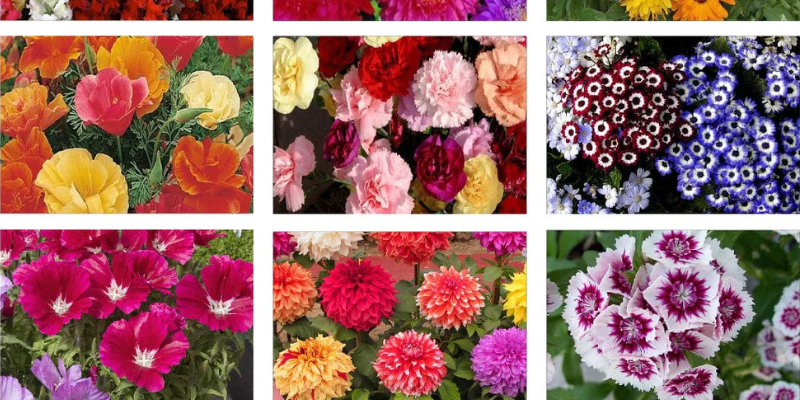Introduction
As the chilly winds of winter approach, many gardeners may think it’s time to hang up their gardening gloves until spring. However, with a little effort and preparation, you can enjoy a vibrant and colorful garden even in the depths of winter. One way to achieve this is by preparing winter seasonal flower seedlings. In this blog, we will guide you through the steps to successfully nurture and grow beautiful winter flowers from seeds.
Select the right winter flower seeds
To begin your journey towards a colorful winter garden, start by selecting the right flower seeds. Some popular winter flower options include pansies, violas, snapdragons, and calendulas. These varieties are not only resilient in colder temperatures but also bring a burst of color to your garden during the winter months.
Gather your supplies
Before you start planting your winter flower seedlings, gather the necessary supplies. You will need:
Seed trays or pots with drainage holes
High-quality seed-starting mix
Winter flower seeds
A spray bottle for watering
Plastic wrap or a clear plastic lid for covering trays
Grow lights or a sunny windowsill
Planting the seeds
a. Fill your seed trays or pots with the seed-starting mix. Make sure the mix is damp but not soggy.
b. Follow the instructions on the seed packet for planting depth and spacing. Typically, you’ll plant seeds at a depth of 1/8 to 1/4 inch.
c. Gently press the seeds into the soil, ensuring good seed-to-soil contact.
Providing adequqte light
Winter days are often short and overcast, which can be challenging for seedlings. To ensure proper growth, provide adequate light:
a. Place your seed trays under grow lights or in a sunny windowsill. If you’re using grow lights, keep them on for 12-16 hours a day to mimic natural sunlight.
b. Maintain a consistent distance between the light source and your seedlings to prevent leggy growth.
Maintaining Temprature and Humidity
Most winter flowers prefer cooler temperatures for germination. Maintain a temperature between 60-70°F (15-21°C) during the day and slightly cooler at night. You can use a seedling heat mat to achieve the desired temperature.
To maintain humidity, cover your seed trays with plastic wrap or a clear plastic lid. This helps create a mini-greenhouse effect, keeping the soil consistently moist.
Watering and feeding
Keep the soil consistently moist but not waterlogged. Use a spray bottle to mist the soil surface regularly, preventing the disturbance of delicate seedlings.
After your seedlings have their first true leaves, start fertilizing them with a diluted, balanced liquid fertilizer. Follow the package instructions for the correct dilution ratio.
Transplanting seedlings
When your winter flower seedlings have grown strong enough and the threat of frost has passed, it’s time to transplant them into your garden. Ensure that the outdoor soil is well-drained and rich in organic matter.
Dig holes and plant your seedlings at the same depth they were in their containers. Space them according to the recommended spacing for the specific flower variety.
Care and Maintenance
Throughout the winter season, continue to care for your flower seedlings by providing regular water, keeping an eye out for pests, and deadheading spent blooms to encourage continuous flowering.
Conclusion
Preparing winter seasonal flower seedlings is a rewarding endeavor that can bring a burst of color and life to your garden during the colder months. By selecting the right seeds, providing proper care, and maintaining the ideal environment, you can enjoy a vibrant and lively winter garden that defies the frosty weather outside. So, roll up your sleeves, grab those gardening gloves, and get ready to cultivate a beautiful winter wonderland in your backyard!
for more info call us at : 7376841090
Visit us: www.maximumplants.com
Get Quote for Gardening services :

